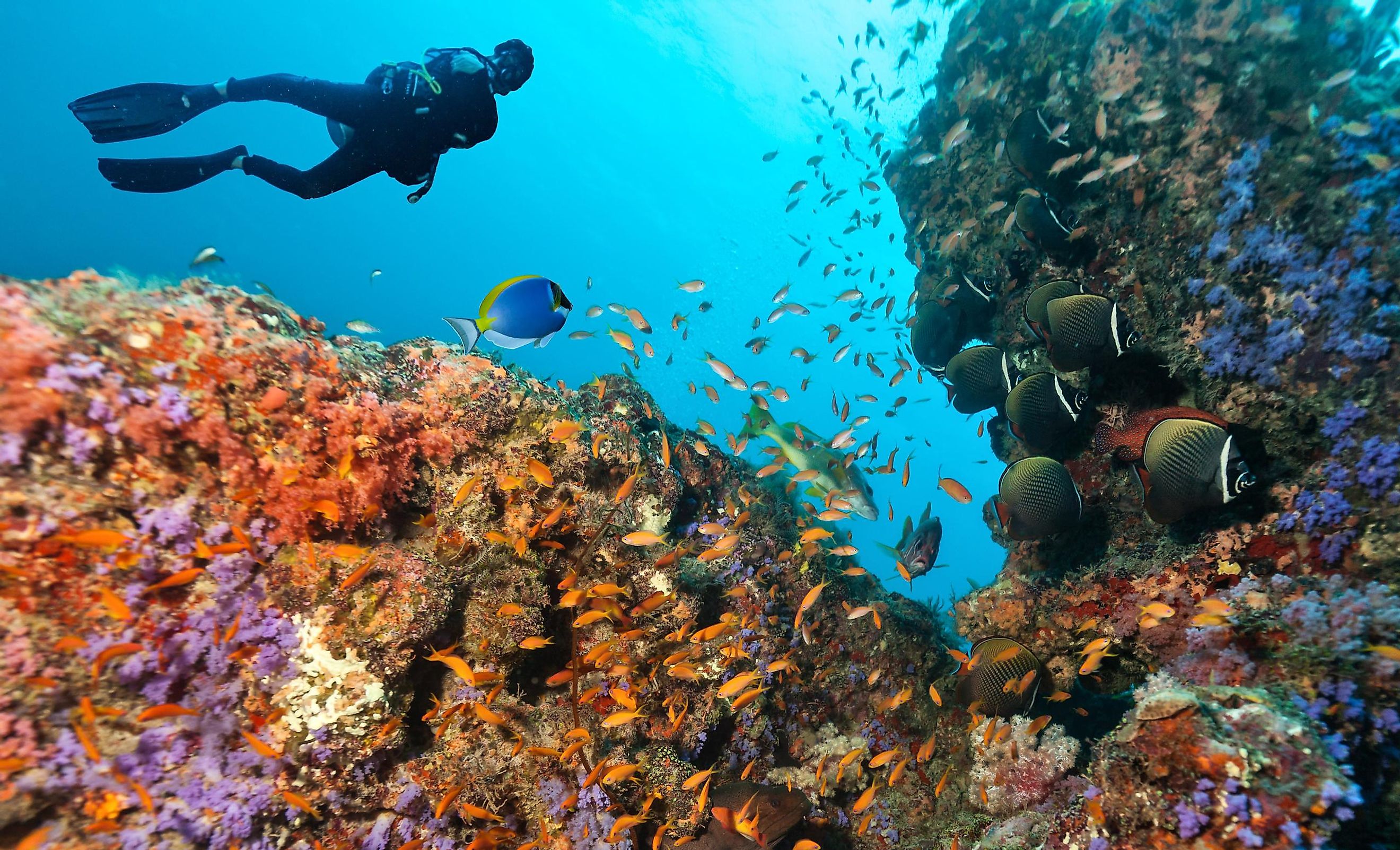
How Many Species Of Fish Are There?
Estimates for the number of worldwide species of fish range anywhere from 25,000 to 35,500. Even if we take the conservative figure, this still amounts to more than all of the species of birds, mammals, amphibians, and reptiles combined. With that said, given that 70% of the planet is covered in water, and the fact that fish first evolved over 500 million years ago, it makes sense that there would be so many different kinds of aquatic vertebrates. Interestingly, the ratio of freshwater species to marine species is nearly equal, with only a slight lean going to the former. But regardless of the environment, appearances and behaviors vary significantly across the multitude of fish species.
What Is A Fish?
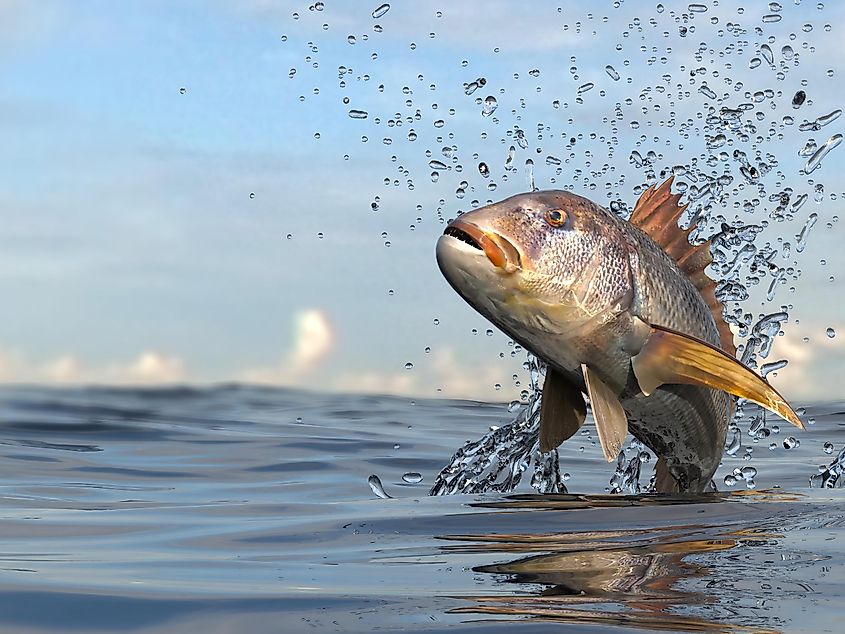
This may seem like a straight-forward question, but given the diversity of known fish species, there are a lot of gray areas. Let's start with the basics: fish are aquatic-dwelling vertebrates (i.e. possess internal backbones, even if they are primitive), with a brain and protective skull, as well as eyes and other sensory organs. They breathe oxygen via gills, and lack digits on their limbs (so no fingers or toes, just fins). While there are exceptions (more on this in a moment), these criteria cover most species of fish.
It is important to note that just because an animal has the word fish in its name, does not necessarily qualify it as a true fish. Starfish, jellyfish, and crayfish are three such examples of invertebrates with misleading names. Respectively, they are echinoderms (cousins to sea urchins and sea cucumbers), cnidarians (related to sea anemones and coral), and crustaceans (like lobsters).
New species of marine animals are cataloged almost daily - leading experts to posit estimates on the number of undiscovered species in our oceans anywhere from a few hundred thousand, to many millions. Surely, a significant percentage of continued discoveries will boost the database of known fish species. But with that said, the scientific community has not reached a unanimous definition of what a fish is. Given the vastness of the ocean, novel creatures may meet the previously-listed criteria while simultaneously resisting clear categorization. For instance, maybe there are more fish out there like the mudskipper that can live outside the water, or the lungfish, who (as the name suggests), uses lungs to breathe, or lampreys, who lack fins. Because of this ambiguity, which stems from the lack of a single clade (i.e. a singular evolutionary ancestry), there is no straightforward taxonomic breakdown for fish. Nonetheless, here is the basic structure of the scientific classification.
Scientific Classifications for Fish:
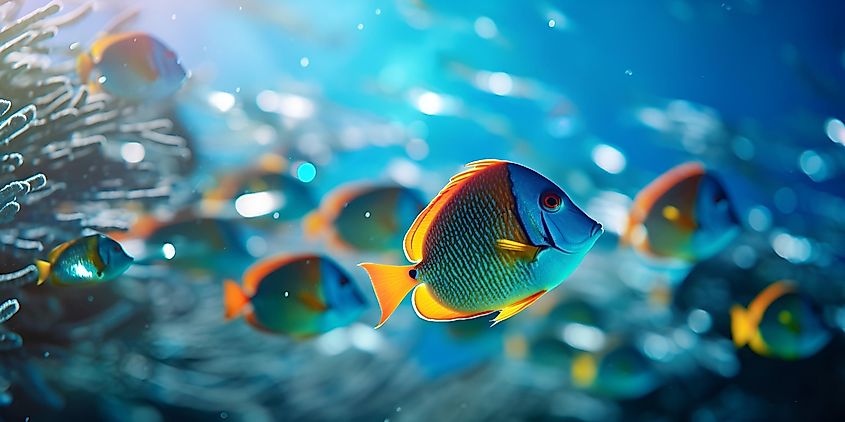
- Domain: Eukaryota
- Kingdom: Animalia
- Phylum: Chordata
- Subphylum: Vertebrata
From here, the order, genera, family (of which there are hundreds), and species depends on the precise fish in question. For instance, the taxonomy of the whale shark (i.e. the biggest fish in the world) continues as follows:
- Order: Orectolobiformes
- Family: Rhincodontidae
- Genus: Rhincodon
- Species: Typus
Where Do Fish Live?
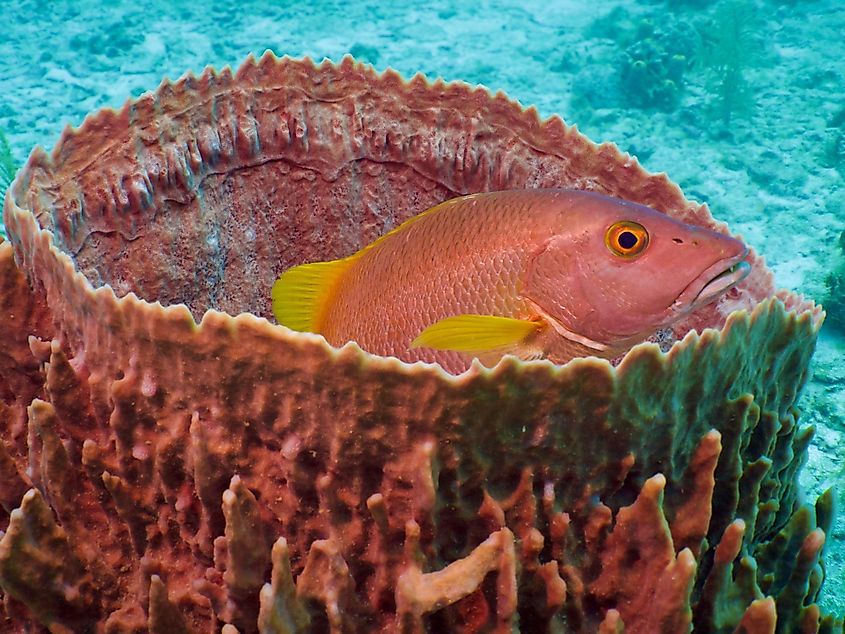
Again, such a simple question tempts an obvious, new-jerk response (i.e. under water!), but the full answer bears a bit more nuance. As alluded to before, approximately 15,200+ species of fish live in freshwater ecosystems, while something like 14,800 species dwell in marine environments (but predominantly coastal waters). Viable habitats can be found in the pitch black world of the ocean depths and in sunbaked alpine lakes; beneath the Arctic ice, and within desert pools. Without a doubt, fish are highly-adaptable creatures.
A Brief History of Fish Evolution

The most primitive (i.e. resembling older common ancestors) types of extant fish belong to the infraphylum Agnatha. Hagfish, lampreys, and other such "sucker" fish never developed biting jaws, and instead comb the ocean floor for nutrients. Agnatha also lack protective scales, are quite slimy, and tend to have long, eel-like bodies with only rudimentary vertebrae. This group's ancestors can be traced back 350,000,000 years (i.e. the Carboniferous period) - long before fish emerged on the tree of life (i.e. ~530 million years ago), and therefore give evolutionary biologists an idea of how, when, and why natural selection diverged.
Some Cool Examples of Different Fish
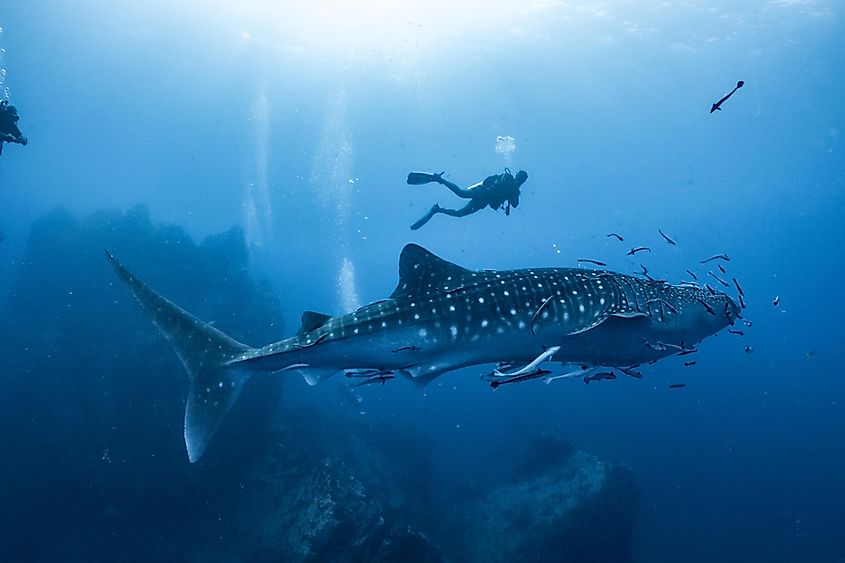
Largest:
The largest living species of fish is the aforementioned whale shark (Rhincodon typus). They generally grow up to 40 feet in length (though the largest recorded was 61.7 feet) and weigh up to 40 tons. Despite their enormous size, whale sharks are known for being docile and even approachable (though SCUBA divers are always asked to keep a respectful distance).
Smallest:
Identifying the world's largest fish is straightforward, but selecting the smallest fish is decidedly more difficult (imagine that!). Multiple sources cite a miniscule relative to the carp known formally as Paedocypris progenetica. Females measure only 7.9 millimeters long (0.31 inches). Others argue that the parasitic Photocorynus spiniceps deserves the tiny crown because mature males have been measured at 6.2 mm (0.24 in.). And other sources believe that the stout floater (Schindleria brevipinguis) is the definitive smallest fish because of its 6.5-7 mm (0.26-0.28 in.) length combined with its slim, and therefore lighter, body.
Rarest:
In the Mojave Desert, within a limestone cave known as Devil's Hole, lives a small, bright blue species of fish known as the Devils Hole pupfish (Cyprinodon diabolis). The entrance of this focal point feature of Nevada's Ash Meadows National Wildlife Refuge is fed by ancient aquifers and rich in algae, and is therefore able to sustain an endemic population of no more than several hundred, making the Devils Hole pupfish the rarest species of fish on the planet.
Deadliest (Potentially):
There are approximately 1,200 species of venomous fish, but none pack a punch quite like the stonefish (Synanceia). Found in the rocky and/or muddy bottoms of Indo-Pacific marine ecosystems, well-camouflaged to resemble the surrounding coral, stonefish have 13 feet-piercing spines that release venom when pressure is applied. Stings are exceptionally painful, and can lead to necrosis, paralysis, and even death (potentially, in under an hour). Thankfully, stonefish stings are only defensive measures (i.e. accidental), can be avoided wearing water shoes and watching where one steps, and there are effective anti-venoms available. As a result, there are only a few recorded human fatalities attributed to stonefish. Therefore, the stonefish really should be classified as the "most venomous," but "deadliest" sounds so much cooler.
Final Thoughts
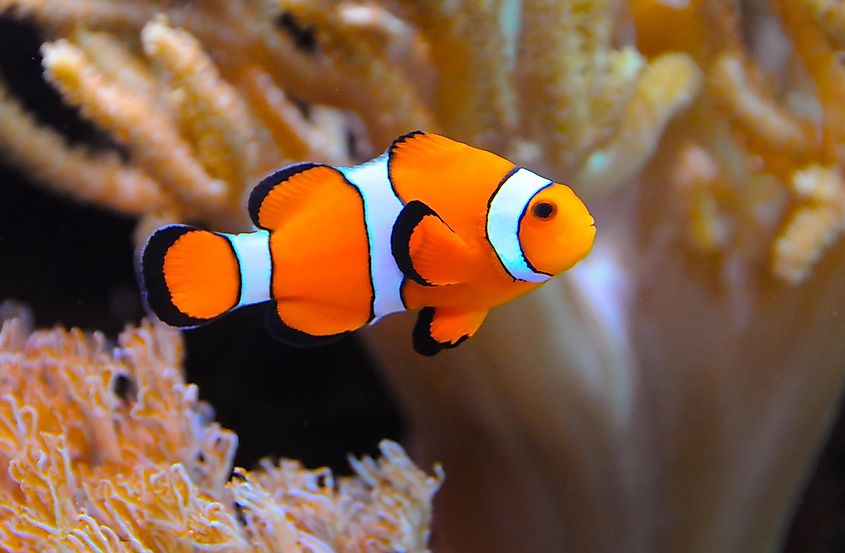
Though estimates vary significantly, there are tens of thousands of known species of fish, and scores more still to be discovered. They have spawned from different lineages, thrive in wildly different environments (though water is usually present), and come in sizes great and small. Who would have thought that fish could be so fascinating? Perhaps you, dear reader - budding marine biologist/oceanographer - can lead the next paradigm-shifting expedition that helps us to better understand just what on earth a fish actually is, and how many species are truly out there.











